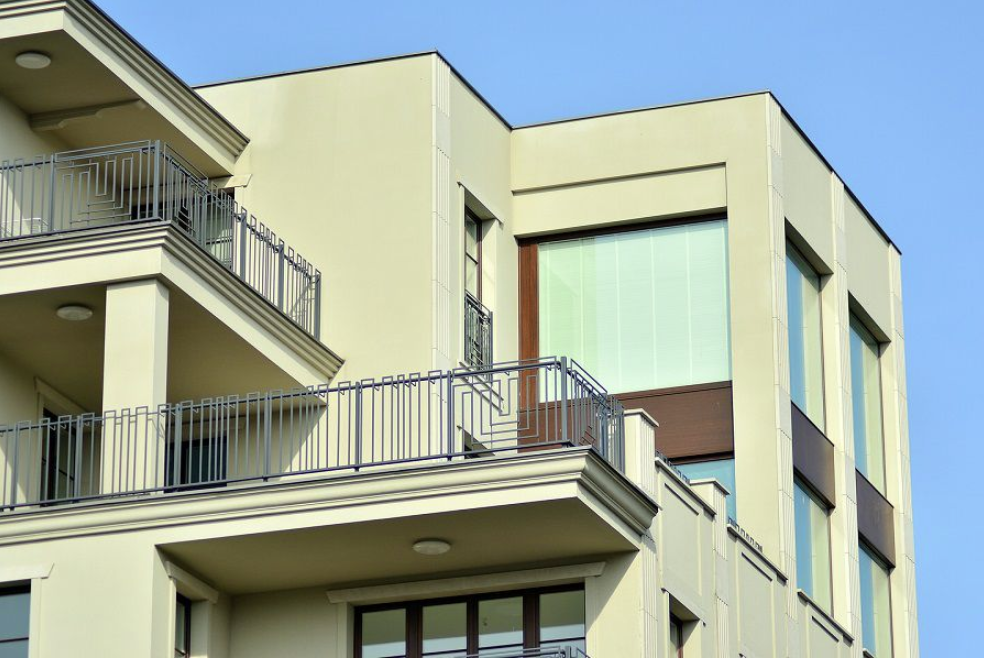The impact of new development and of the ongoing operations of existing commercial real estate buildings in the United States – office, industrial, warehouse and retail – has grown to support 9.2 million American jobs and contribute $1.14 trillion to the U.S. GDP in 2019, an increase from 8.3 million jobs and a contribution of $1.0 trillion to GDP in 2018. Based on the existing stock of commercial buildings — totaling 49.6 billion square feet at the end of the third quarter of 2019 — direct spending on building operations totaled an estimated $173.0 billion and contributed $464.0 billion to GDP. In addition, 563.3 million square feet of new office, industrial, warehouse and retail space newly constructed in 2019 has the capacity to house 1.4 million new workers with a total estimated annual payroll of $83.5 billion. The findings were presented in the annual study, “Economic Impacts of Commercial Real Estate, 2020 U.S. Edition,” released this week by the NAIOP Research Foundation. The study measures the contributions to GDP, salaries and wages generated, and jobs created and supported from the development and operations of commercial real estate. The study broke out several key measures by commercial real estate industry sector: Click to read more at www.naiop.org.









